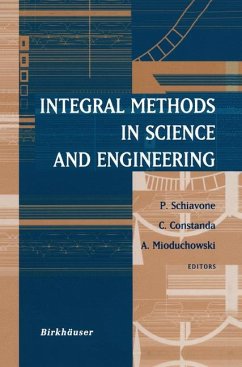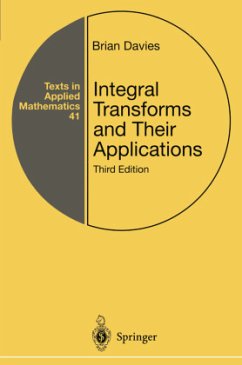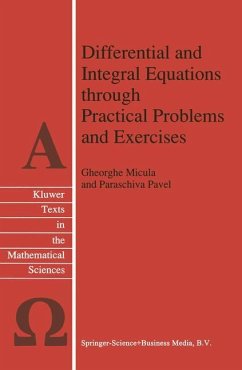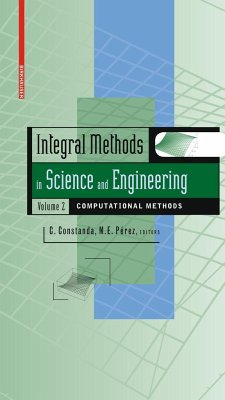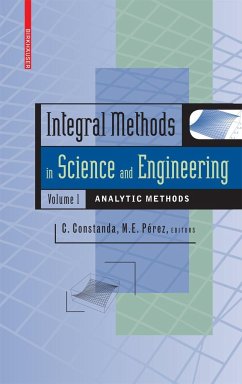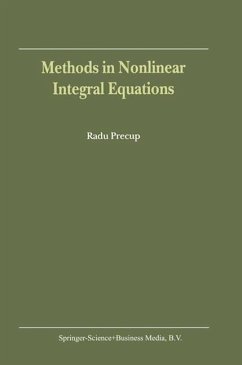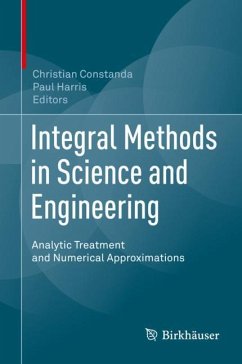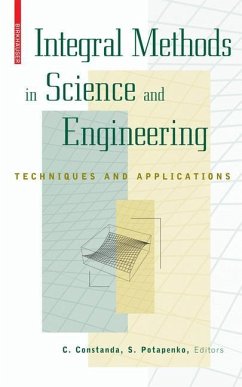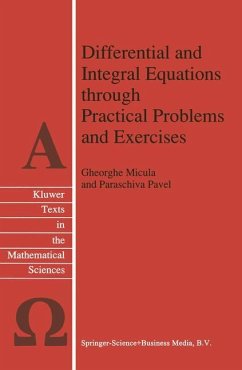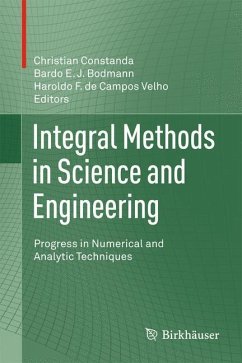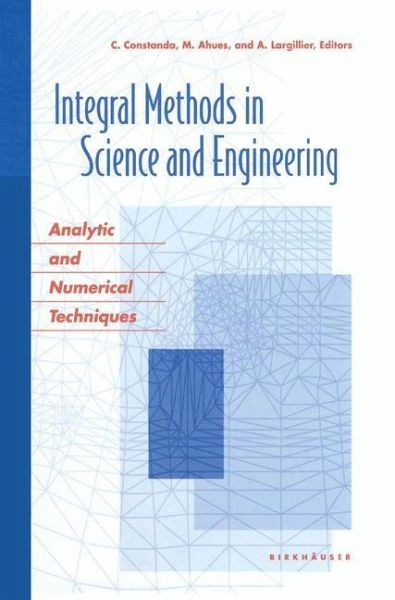
Integral Methods in Science and Engineering
Analytic and Numerical Techniques
Herausgegeben: Ahues, Mario Paul; Largillier, Alain R.
Versandkostenfrei!
Versandfertig in 1-2 Wochen
38,99 €
inkl. MwSt.

PAYBACK Punkte
19 °P sammeln!
An outgrowth of The Seventh International Conference on Integral Methods in Science and Engineering, this book focuses on applications of integration-based analytic and numerical techniques. The contributors to the volume draw from a number of physical domains and propose diverse treatments for various mathematical models through the use of integration as an essential solution tool.Physically meaningful problems in areas related to finite and boundary element techniques, conservation laws, hybrid approaches, ordinary and partial differential equations, and vortex methods are explored in a rigo...
An outgrowth of The Seventh International Conference on Integral Methods in Science and Engineering, this book focuses on applications of integration-based analytic and numerical techniques. The contributors to the volume draw from a number of physical domains and propose diverse treatments for various mathematical models through the use of integration as an essential solution tool.
Physically meaningful problems in areas related to finite and boundary element techniques, conservation laws, hybrid approaches, ordinary and partial differential equations, and vortex methods are explored in a rigorous, accessible manner. The new results provided are a good starting point for future exploitation of the interdisciplinary potential of integration as a unifying methodology for the investigation of mathematical models.
Physically meaningful problems in areas related to finite and boundary element techniques, conservation laws, hybrid approaches, ordinary and partial differential equations, and vortex methods are explored in a rigorous, accessible manner. The new results provided are a good starting point for future exploitation of the interdisciplinary potential of integration as a unifying methodology for the investigation of mathematical models.





